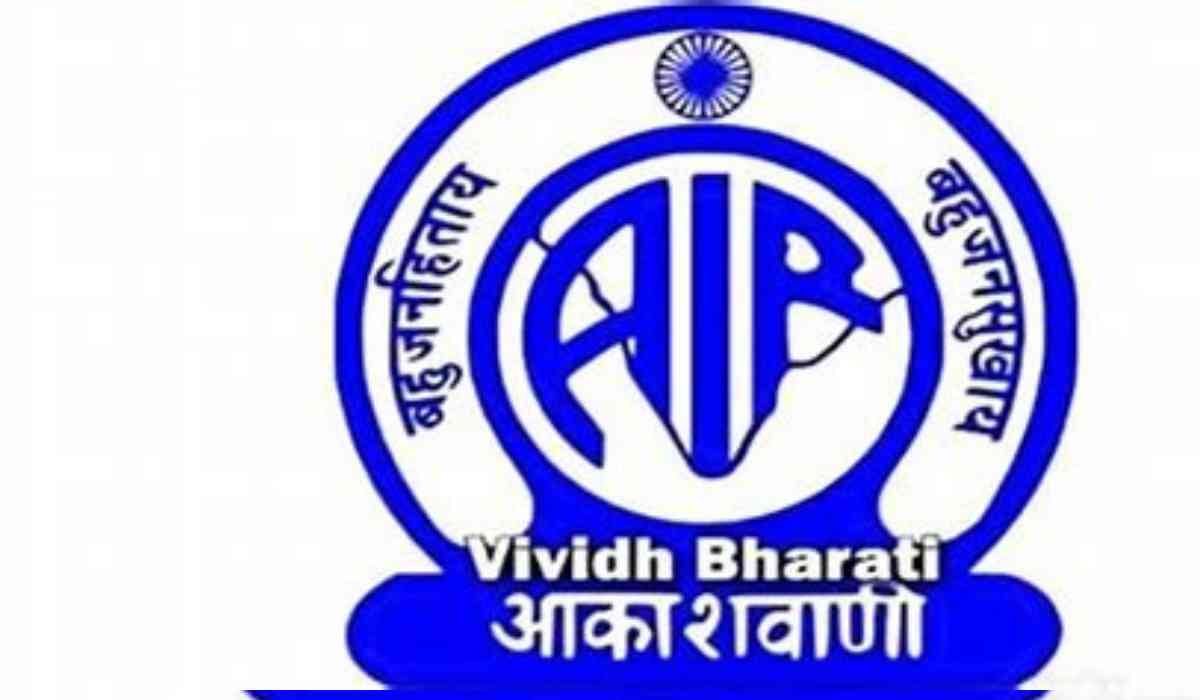ALSO READ:Cobra Kai Season 6 Part 3: The Final Battle Premieres on Netflix!
An In-Depth Exploration For the Gen Z audience, the term "All India Radio" (AIR), affectionately known as Akashvani, may evoke thoughts of crackling sounds and tales from grandparents about the good old days. However, beneath this seemingly outdated facade lies a broadcasting giant with a profound legacy, contemporary significance, and an unexpected ability to resonate with younger listeners. AIR transcends the role of a mere radio station; it stands as a cultural cornerstone intricately linked to India's identity, warranting a fresh perspective even in an era dominated by instant streaming and viral content.
A Journey Through Time: From Colonial Beginnings to National Voice
The tale of AIR starts not with a spectacular debut, but rather with modest and almost amateur origins. In 1923, the Radio Club of Bombay took the initiative to introduce broadcasting in India, soon followed by the Calcutta Radio Club. These early efforts were largely driven by enthusiasts, reaching a small audience with limited means. The Indian Broadcasting Company (IBC) was founded in 1927, representing a more structured approach to radio broadcasting. Unfortunately, it faced financial challenges and ceased operations within three years. In 1930, the government intervened by creating the Indian State Broadcasting Service, which signified the transition of radio into a public service—a role it has maintained ever since. By 1936, the service was rebranded as All India Radio, a name that has become synonymous with the broadcasting experience for countless Indians. From these initial, tentative steps, AIR embarked on its path to becoming the familiar voice of the nation.
Independence and Beyond: Shaping a Nation's Identity
The tale of AIR starts not with a spectacular debut, but rather with modest and almost amateur origins. In 1923, the Radio Club of Bombay took the initiative to introduce broadcasting in India, soon followed by the Calcutta Radio Club. These early efforts were largely driven by enthusiasts, reaching a small audience with limited means. The Indian Broadcasting Company (IBC) was founded in 1927, representing a more structured approach to radio broadcasting.
Unfortunately, it faced financial challenges and ceased operations within three years. In 1930, the government intervened by creating the Indian State Broadcasting Service, which signified the transition of radio into a public service—a role it has maintained ever since. By 1936, the service was rebranded as All India Radio, a name that has become synonymous with the broadcasting experience for countless Indians. From these initial, tentative steps, AIR embarked on its path to becoming the familiar voice of the nation.
A Symphony of Voices: Catering to a Diverse Nation
AIR stands out for its strong dedication to linguistic diversity. With broadcasts in 23 languages and 146 dialects, it ensures that individuals throughout India can enjoy information and entertainment in their native languages. This commitment to inclusivity highlights the vibrant cultural mosaic of India and emphasizes AIR's function as a unifying entity. Whether it's regional news updates or traditional folk music from various states, AIR honors India's diversity and shares it with a wide audience.
Adapting to the Digital Age: AIR's Modern Makeover
AIR may have historical roots, but it is far from being outdated. Acknowledging the growing trend of digital media consumption, AIR has fully embraced the modern era. The organization has shifted from analog to digital broadcasting, resulting in superior sound quality and an expanded array of services. Additionally, AIR has enhanced its online presence with live streaming options and a user-friendly mobile app, enabling listeners to enjoy their favorite shows whenever and wherever they choose. Moreover, AIR is proactively integrating Digital Radio Mondiale (DRM) technology, demonstrating its dedication to a complete transition into the digital broadcasting landscape.
Beyond the Nostalgia: Why Gen Z Should Tune In
So, what makes AIR worth a listen for Gen Z, a generation that thrives on instant access to content and tailored playlists?
Genuine Connection: In an era filled with polished content and curated online identities, AIR stands out by offering genuine stories and experiences. Its programming often showcases the authentic lives of everyday Indians, providing a refreshing contrast to the filtered realities of social media.
Cultural Exploration: AIR serves as a rich repository of Indian culture, featuring music, drama, and literature from diverse regions. By tuning in, you can uncover new artists, delve into various traditions, and reconnect with your cultural heritage. Reliable News Source: AIR delivers trustworthy and impartial news coverage, steering clear of the sensationalism and clickbait that often dominate online platforms. Staying updated on current affairs is crucial, and AIR is a dependable source for accurate information.
Uncover Unique Content: With a diverse array of programs, including talk shows, interviews, educational segments, and documentaries, AIR offers the chance to discover intriguing content that could inspire new perspectives and ideas. All India Radio is far from being a relic; it is a dynamic institution that continues to adapt to modern times. While it may not boast the same trendy appeal as newer media outlets, it provides a distinctive and valuable service to the nation. So, the next time you're in the mood for something different, give AIR a try. You might just find something that captivates you.
With inputs from agencies
Image Source: Multiple agencies
*The views expressed are personal to the author and do not reflect the platform's opinion of the same.
© Copyright 2024. All Rights Reserved Powered by Vygr Media.
Author's profile:
Arhan Ali is a sharp observer of economic and political currents, known for blending keen analysis with a dash of wit. Whether dissecting global trade wars or taking a playful jab at social absurdities, his writing strikes the perfect balance between intellect and irreverence.





















